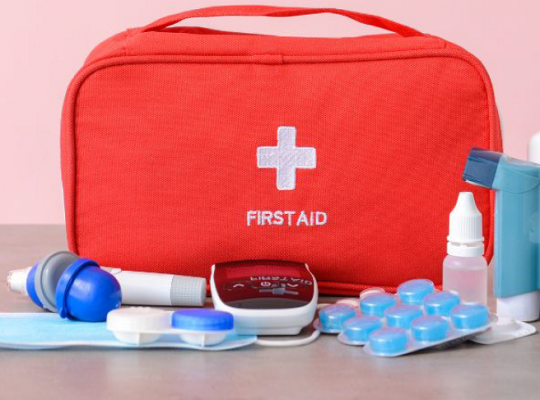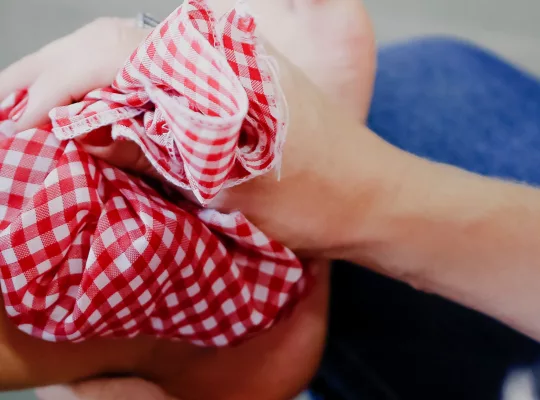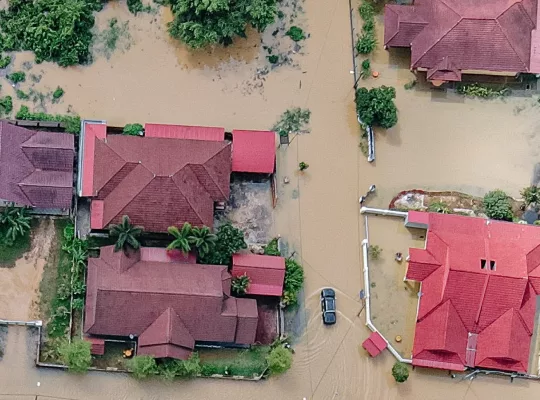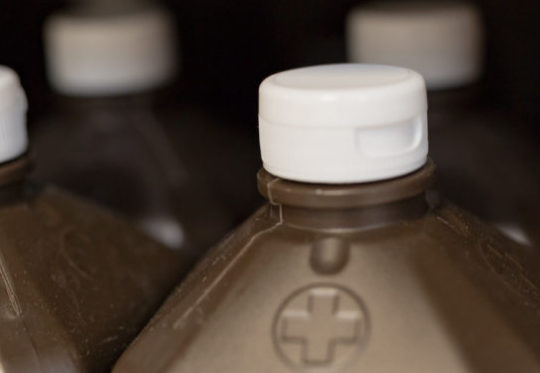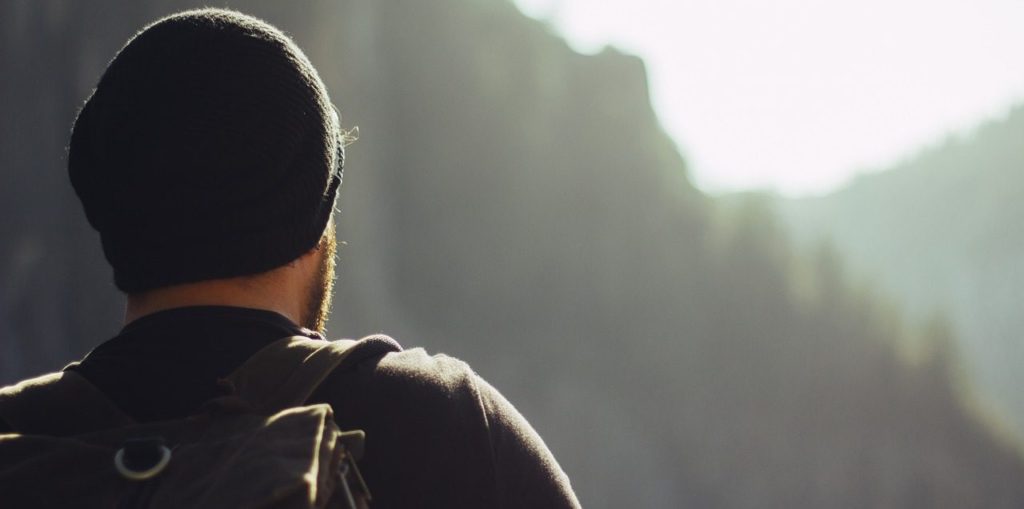
With summer now in full swing, National Parks and other hiking trails are populated with both experienced and inexperienced hikers and campers. Knowing basic Summer hiking safety and first aid allows you to treat anything from a small blister to a serious fall or severe dehydration. Each trail runs its own risks, and it is always beneficial to be aware and prepared in the event of an outdoor emergency on rugged, unfamiliar terrain. You should be prepared to not only provide temporary first aid but also find the most efficient way to contact additional assistance in case of a more serious injury.
1. Don’t Hike Alone
The most basic and often forgotten protocol is using the buddy system. This is especially beneficial while hiking on a trail that you are unfamiliar with or if either of you is an inexperienced hiker. For extra security, make sure that both of you are trained in basic first aid; you can take online courses or find training in your area, both for a reasonable price. If you are set on a solitary hiking experience, there are other ways that you can stay safe in this way.
A great way to do this is simply letting someone know when and where you are going hiking. This is especially important for remote trails that you are unfamiliar with. This way, if disaster strikes, and you become lost or injured, they will know something is wrong relatively quickly. Many people expect to have cellular service wherever they are nowadays. However, many have found themselves lost with no way to tell someone where they are after it’s happened. This is why it’s best to inform a friend or family member beforehand.
2. Clothing and Footwear
Clothing and footwear is a major factor in the proficiency and enjoyment of hiking and can also be a key factor in summer hiking safety as well. It is important to always wear bright colors, so in the event of an accident, you are easy to see and identify if further care is necessary. Generally, it is smart to dress in loose layers to regulate your body temperature, aid in clothing breathability, and cover more of your skin from potential bug bites and the like. Hiking in the summer is different than the fall due to the heat, so dressing in layers can be difficult. However, the heat is not an excuse to not wear proper hiking footwear. Boots, preferably previously broken-in, are your most important hiking tool that can make the difference between a serious fall and a sure step.
3. Emergency Wilderness Kit
Regardless of your hiking experience, it is important to carry an Emergency Wilderness Kit or build your own with essential hiking safety items. Our compact Wilderness Kit can be conveniently clipped around your waist or tossed in a hiking backpack and comes fully stocked with all the first aid essentials: bandages, gauze, tape, an ice pack, antibacterial, antimicrobials, and much more. These tools can help in the treatment of small injuries and can aid in the temporary treatment of more serious injuries while awaiting further assistance. If you feel as though this kit will weigh you down, use its contents as a guide on what supplies we think you should have with you on a hike.
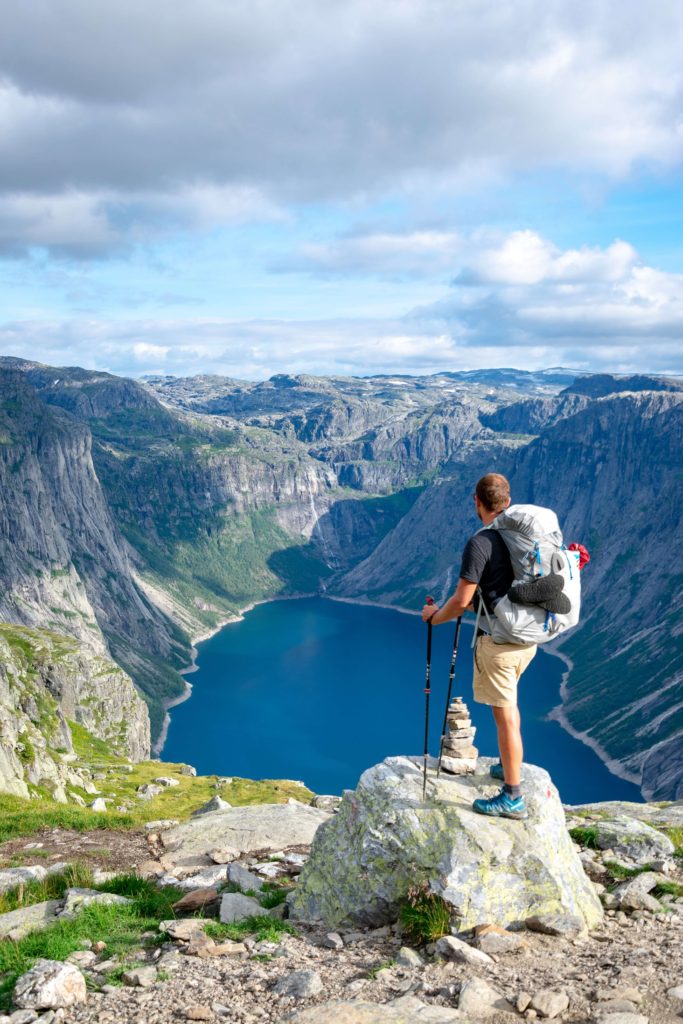
4. Bring a Whistle
An irreplaceable tool you should carry is a whistle – in the event of a more severe injury, a whistle is easier to hear than a yell and catches more attention. 3 short whistle blasts are the universal distress call and will let anyone who hears know that you are in trouble and need assistance. Our Fox40 whistle is a reliable pea-less whistle that can produce 115 decibels of sound that can be clearly heard over ambient noises and at long distances.
You can read more about whistle signals Outdoor Life
5. Stay Hydrated
It is important to stay hydrated and carry water, especially in summer – replenish electrolytes with snacks or sports drinks. Hiking can be very dehydrating, especially on long trails. Colder water will be more effective in hydration – choosing an insulated water bottle can up hydration levels, while alternating water with a sports drink like Gatorade boosts your body’s electrolytes and aid in your body’s utilization of the water.
6. Bring a Flashlight
Flashlights can be used for much more than a night or evening hike and are another powerful tool for summer hiking safety. In the event of an emergency, a flashlight and a mirror (or on its own if it has a strong enough beam) can be used to create an impromptu distress signal. Using a mirror to reflect the sun can also create a distress signal.
7. Use Marked Trails
Staying on marked trails is a general rule in most national parks – going off the beaten path can result in an injury, or if caught breaking the rules, a steep fine. If you are hiking an unmarked trail or doing some off-trail hiking, bring a compass. This will keep you steadily headed in the right direction, and won’t leave you stranded in the wilderness.
Another useful tip is to mark your own trail if you are heading off the path. Simple ways to do this are dropping a trail of leaves, sticks, or even snapping small twigs along the way. Whatever you do to mark your trail, make sure you will be able to recognize it. For example, dropping leaves won’t work well during fall.
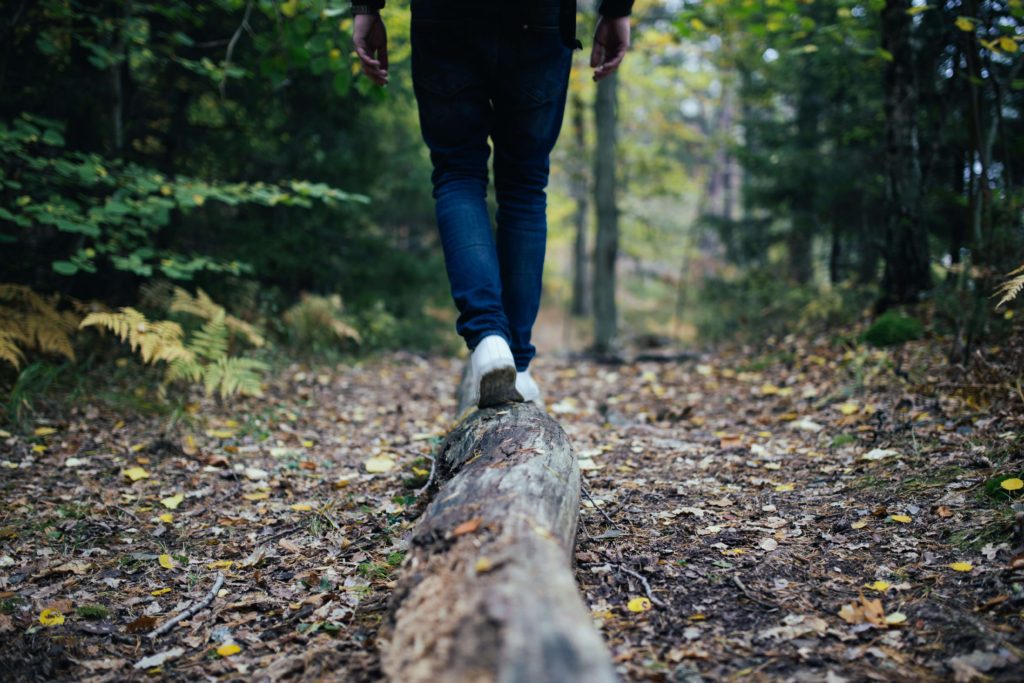
8. Insect Repellent
Insect Repellent is even more indispensable in the summer when you have more skin exposed. Bugs are attracted to densely wooded areas in the summer, due to the shade and dampness. When hiking in a wooded area, having an insect repellent with DEET (the most common and effective insect-repelling ingredient) will prevent a lot of itching and irritation later on.
We recommend Ben’s 100 Insect Repellent, which is 95% DEET and provides up to 10 hours of protection from mosquitos, ticks, flies, and more.
9. Over Packing
There is no such thing as over-preparation, but there is over-packing. While there is a limit to how much you can carry on your back, there isn’t a limit to your preparedness. Do extensive research (we have attached a few more helpful articles at the bottom of this one), both universal and trail specific in order to plan the best route and equip the best gear. It is better to travel lighter while hiking. Bogging yourself down with gear can result in fast exhaustion. Make sure you have only what you absolutely need. We recommend: energy bars or other snacks, a water bottle, a sports drink, first aid supplies. Not much else is necessary, especially on a short day-hike.
10. Avoiding Heat Stress
Heat stress can lead to fatal heat strokes. Follow steps to prevent heat stress such as hydration, wetting a cloth, and cooling your head, and don’t be afraid to take breaks! In the event of heat stress, be sure to have an instant cold pack and apply it to the forehead, underarms, and groin area to regulate temperature.
Following our summer hiking safety tips is a great way to enjoy the summer and feel past time and a way to reconnect with nature, and can be safely enjoyed by anyone with the proper preparation and tools.
More Useful Links: More about Hiking in the Heat, browse our Outdoor Supplies, our blog post on Heat Stroke.

